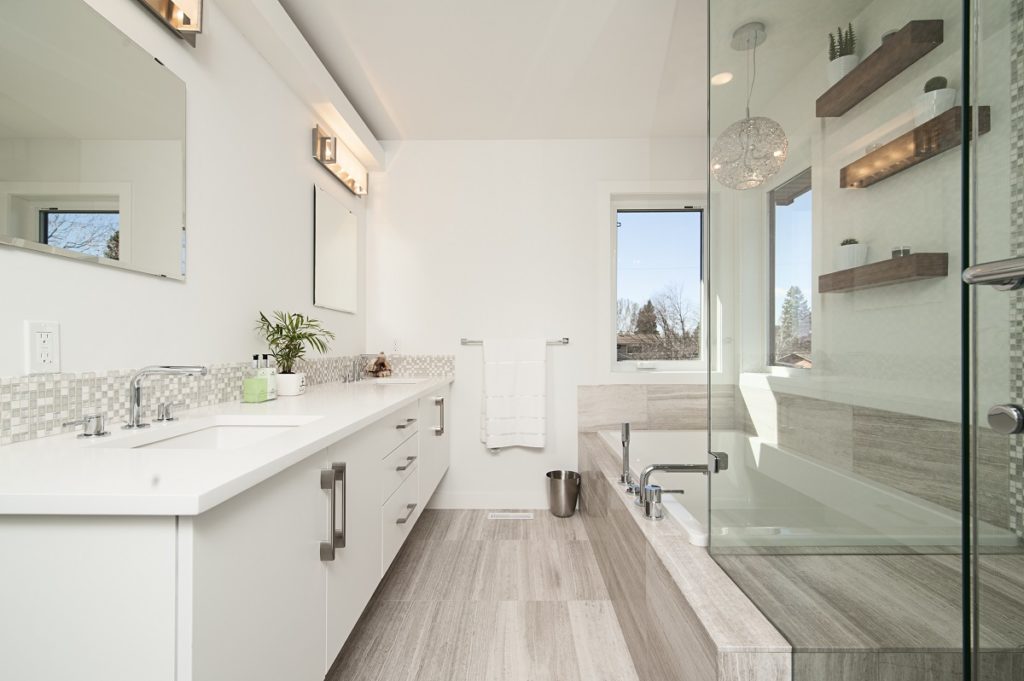Bathroom remodeling is one of the major things that may cross your mind this springtime. Whether you think that your bathroom is already outdated or needs some serious maintenance, it’s important to understand that the process is challenging especially if your bathroom is located on the second floor. Second-floor bathrooms are often more complex compared to first floor bathrooms.
Think beyond aesthetics when remodeling a second-floor bathroom
When remodeling a second-floor bathroom, you will need some floor waterproofing solutions like urethane coating to ensure that water will not leak nor damage your first floor ceilings. Once you’ve come up with a design, you may need to figure out if the project will not cause expensive structural damage to your home.
The messy part of the project begins as you remove the bathroom’s old flooring, wall, and ceiling plasters to expose waterlines. It’s often ideal for implementing a bathroom design that doesn’t require additional plumbing works as it will not only save you money; it will also save you time as well. As you expose all waterlines, carefully check and replace all leaking or damaged pipes. It’s vital that you find all pipe leaks especially if you’re reusing old pipes to prevent future problems. Some homeowners consider working with a plumber to help them foresee and prevent potential plumbing problems. Unlike first floor bathrooms, plumbing for the second-floor bathroom is complicated because the water travels up from the main valve, and it’s common for houses that don’t use a motorized water tank.
You may need to determine your bathroom’s new dimension and perform leveling to ensure all fixtures will fit. Bathroom dimensions usually change after scraping its surroundings, and you may need to figure out if you need to do some further modifications to make way for new fixtures.
Bathroom remodeling safety tips you need to know

Implementing safety precautions during bathroom remodeling is a no brainer. Aside from the variety of tools you’re going to use, you’ll be also exposed to several chemicals. Consider wearing comfortable long sleeves and denim pants when working. The safety gears you’ll use will depend on the type of work you’ll be doing. Exposing waterlines, for example, may require you to wear a protective mask to prevent dust inhalation. If you’re going to renovate a bathroom of an old house, you may need to consult an expert first to determine if your home contains asbestos.
Asbestos is a highly hazardous mineral popularly used in building homes in the 1970s until 1980s. Asbestos was previously mixed with building materials because of its fire retardant properties. However, the U.S. Consumer Product Safety Commission (CPSC) banned its use after determining that asbestos particles can cause cancer when accidentally inhaled.
There could be challenges in remodeling your second-floor bathroom, but it may help to think of a new design that will not require too much work. Aside from planning, it’s important to always consider safety measures before starting a renovation project. Consulting some experts is highly recommended to help you foresee and prevent problems that may lead to costly damages.

